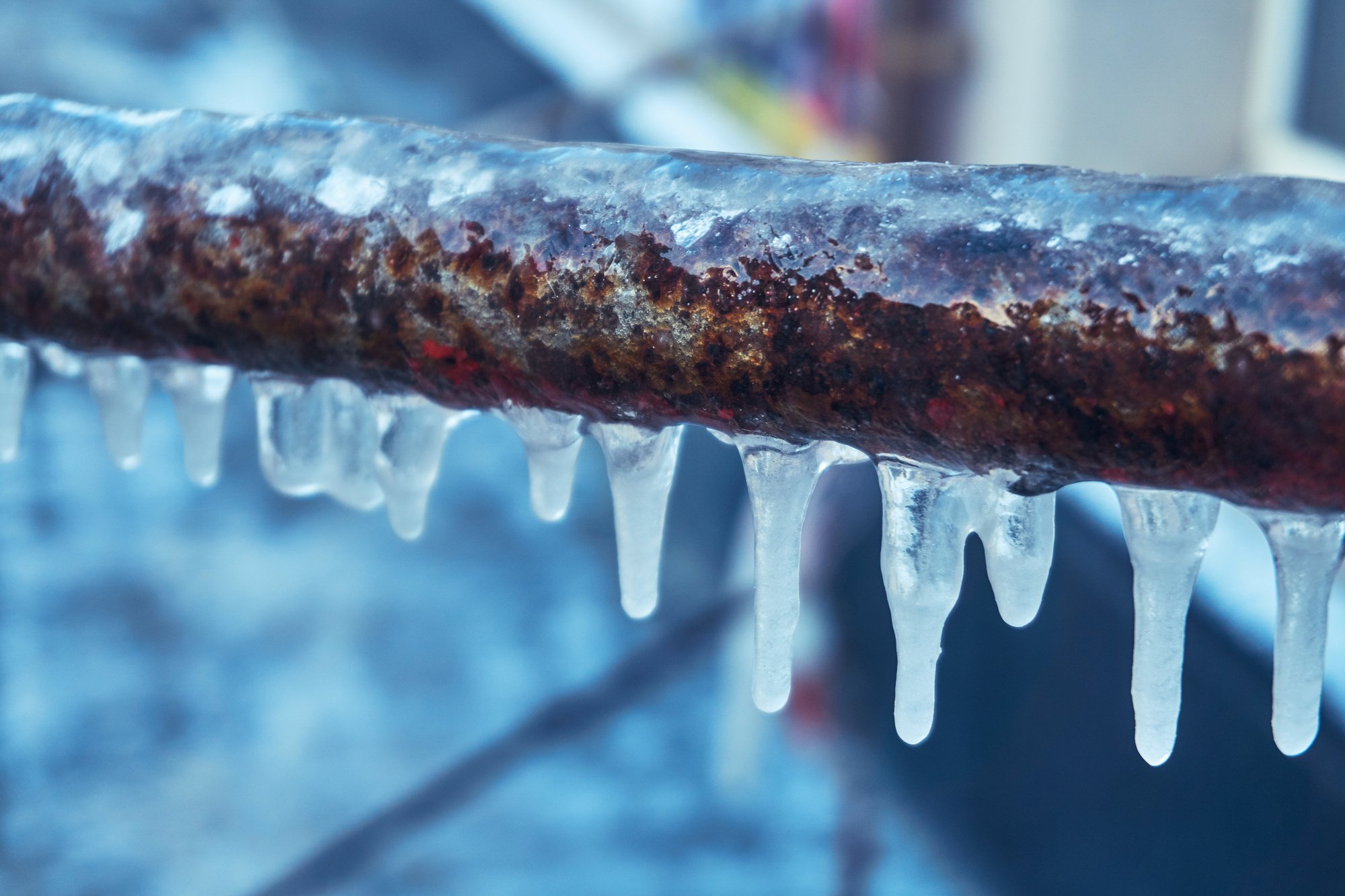Crucial Advice to Avoid Frozen Plumbing in Cold Weather
Crucial Advice to Avoid Frozen Plumbing in Cold Weather
Blog Article
Everyone seems to have their personal conception with regards to Prevent Frozen Pipes .

Cold weather can ruin your pipes, particularly by freezing pipes. Here's how to avoid it from occurring and what to do if it does.
Intro
As temperature levels decrease, the danger of frozen pipes increases, possibly leading to costly repairs and water damages. Recognizing how to prevent icy pipelines is vital for house owners in cold environments.
Understanding Frozen Pipes
What triggers pipelines to ice up?
Pipes freeze when revealed to temperatures listed below 32 ° F (0 ° C) for prolonged periods. As water inside the pipelines freezes, it broadens, putting pressure on the pipeline walls and potentially creating them to rupture.
Threats and damages
Icy pipes can bring about water system interruptions, home damages, and costly repair work. Ruptured pipelines can flood homes and cause extensive architectural damage.
Indications of Frozen Pipeline
Recognizing icy pipelines early can stop them from rupturing.
Just how to identify icy pipelines
Seek decreased water flow from taps, unusual odors or noises from pipelines, and noticeable frost on subjected pipelines.
Avoidance Tips
Insulating prone pipes
Wrap pipes in insulation sleeves or utilize warmth tape to protect them from freezing temperatures. Focus on pipelines in unheated or external areas of the home.
Home heating strategies
Maintain interior rooms effectively warmed, particularly locations with pipes. Open up closet doors to permit cozy air to flow around pipes under sinks.
Securing Outside Plumbing
Yard tubes and outside faucets
Detach and drain yard pipes before winter season. Install frost-proof faucets or cover outside faucets with shielded caps.
What to Do If Your Pipelines Freeze
Immediate actions to take
If you suspect frozen pipelines, maintain faucets open to soothe stress as the ice melts. Use a hairdryer or towels taken in hot water to thaw pipelines gradually.
Long-Term Solutions
Architectural changes
Take into consideration rerouting pipes away from exterior walls or unheated areas. Add additional insulation to attics, cellars, and crawl spaces.
Upgrading insulation
Invest in premium insulation for pipes, attics, and wall surfaces. Proper insulation helps maintain consistent temperatures and minimizes the danger of icy pipes.
Conclusion
Stopping icy pipelines needs aggressive measures and quick reactions. By recognizing the reasons, signs, and safety nets, house owners can protect their plumbing throughout cold weather.
5 Ways to Prevent Frozen Pipes
Drain Outdoor Faucets and Disconnect Hoses
First, close the shut-off valve that controls the flow of water in the pipe to your outdoor faucet. Then, head outside to disconnect and drain your hose and open the outdoor faucet to allow the water to completely drain out of the line. Turn off the faucet when done. Finally, head back to the shut-off valve and drain the remaining water inside the pipe into a bucket or container. Additionally, if you have a home irrigation system, you should consider hiring an expert to clear the system of water each year.
Insulate Pipes
One of the best and most cost-effective methods for preventing frozen water pipes is to wrap your pipes with insulation. This is especially important for areas in your home that aren’t exposed to heat, such as an attic. We suggest using foam sleeves, which can typically be found at your local hardware store.
Keep Heat Running at 65
Your pipes are located inside your walls, and the temperature there is much colder than the rest of the house. To prevent your pipes from freezing, The Insurance Information Institute suggests that you keep your home heated to at least 65 degrees, even when traveling. You may want to invest in smart devices that can keep an eye on the temperature in your home while you’re away.
Leave Water Dripping
Moving water — even a small trickle — can prevent ice from forming inside your pipes. When freezing temps are imminent, start a drip of water from all faucets that serve exposed pipes. Leaving a few faucets running will also help relieve pressure inside the pipes and help prevent a rupture if the water inside freezes.
Open Cupboard Doors
Warm your kitchen and bathroom pipes by opening cupboards and vanities. You should also leave your interior doors ajar to help warm air circulate evenly throughout your home.

We hope you enjoyed our excerpt about Prevent Frozen Pipes . Thanks so much for taking the time to read through our blog post. Sharing is caring. Helping others is fun. Thank-you for going through it.
Set Up An Appointment Report this page